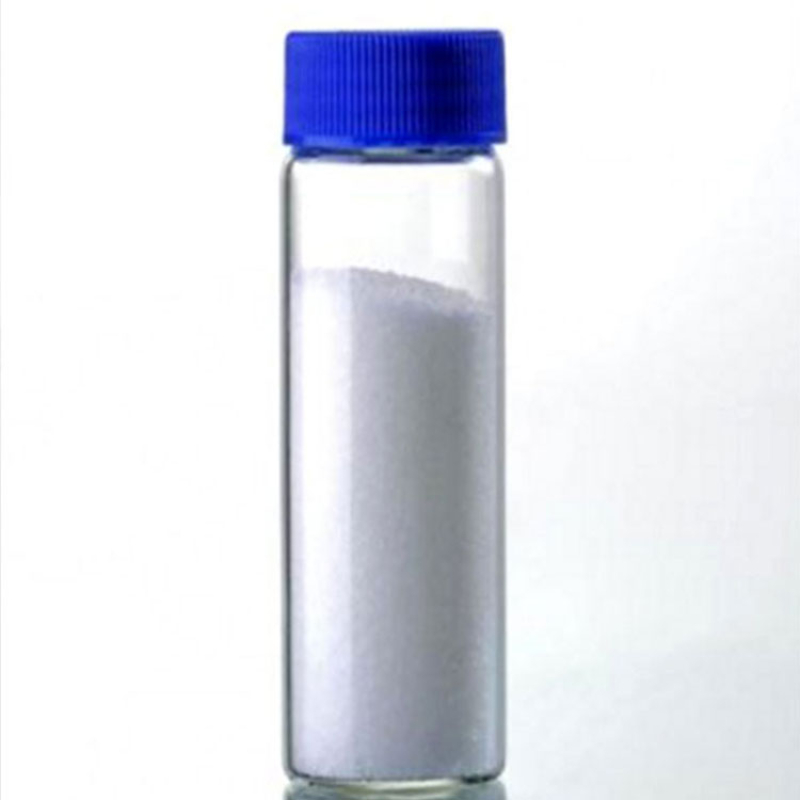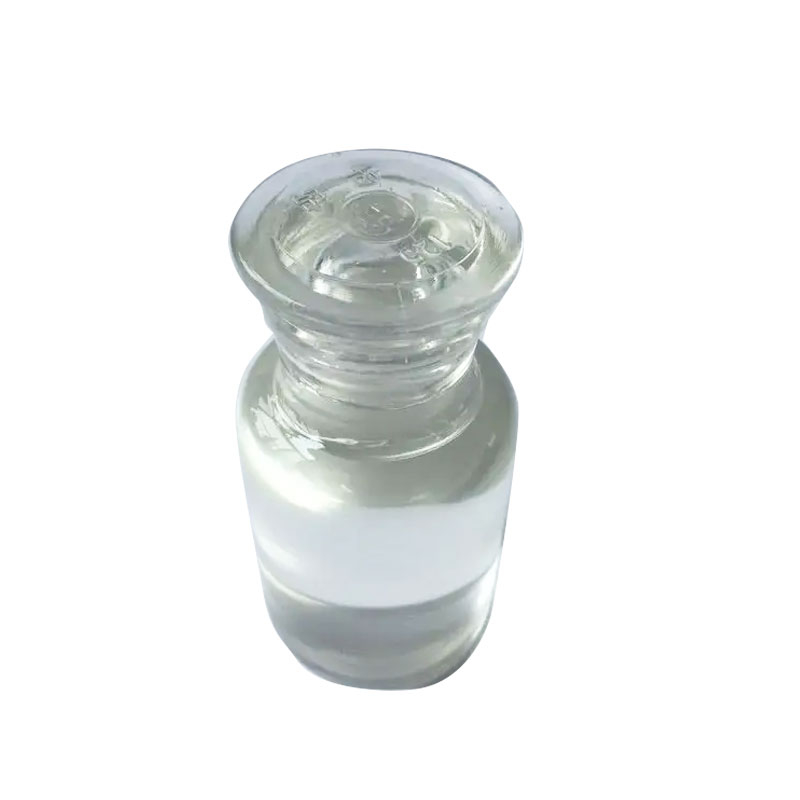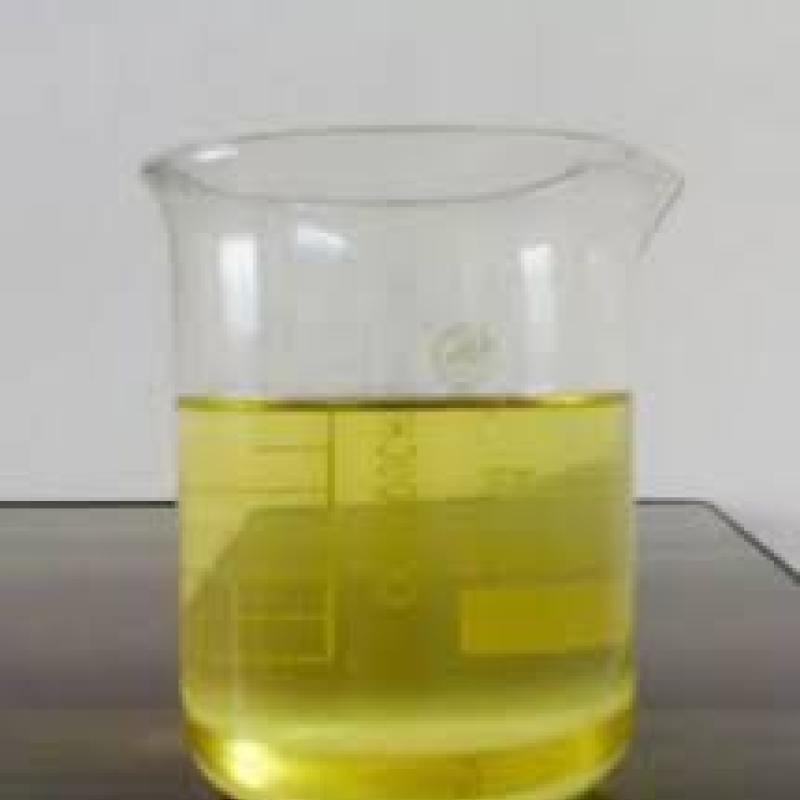Butylated Hydroxytoluene CAS#128-37-0Butylated hydroxytoluene is a synthetic phenolic compound mainly used as an antioxidant and preservative in the food industry.
Contact Now
Butylated Hydroxytoluene CAS#128-37-0Butylated hydroxytoluene is a synthetic phenolic compound mainly used as an antioxidant and preservative in the food industry.
Contact Now
Products Description of Sodium dimethyldithiocarbamate CAS#128-04-1The pure product of sodium fumarate is a scaly white crystal, which is very soluble in water. The crystals obtained by the crystallization method contain 2.5 molecules of crystal water. When heated to 115°C, 2 molecules of crystal water are lost, and at 130°C, the crystal water is completely lost. The industrial intermediate is a 15% aqueous solution, which is a light yellow or grass green transparent liquid with a relative density of 1.06 and a pH of 9 to 11.
Contact Now
Products Description of Antioxidant 168 CAS#31570-04-4Antioxidants are organic compounds that can inhibit or delay the thermal oxidation of polymers and other organic compounds in the air. Usually, adding a small concentration of 1% antioxidant is very effective. For example, foods are prone to oxidation and deterioration, and a small amount of antioxidants can be added to extend their storage time. Polymer materials such as plastics, synthetic fibers and rubber are prone to thermal oxidation degradation reactions.
Contact Now
Products Description of Cyanamide CAS#420-04-2Pure cyanamide is a transparent liquid, m.p.-115℃, b.p.-8.5℃, soluble in alcohols, phenols, amines, ethers, easily soluble in benzene and halogenated hydrocarbons, and 77.5% soluble in water at 15℃. High concentration cyanamide is very unstable and easy to polymerize, so stabilizers are often added.
Contact Now
Products Description of Antioxidant 168 CAS#31570-04-4Antioxidant 168 is a phosphite antioxidant with excellent performance. It has strong extraction resistance, is stable against hydrolysis, and can significantly improve the light stability of products. It can be used in combination with a variety of phenolic antioxidants. . For example, Cyanox2777 developed by the American company Cyanamid is a compound of antioxidant 168 and phenolic antioxidant 1790. The combined use of phosphite and phenolic antioxidants can give full play to the synergistic effect.
Contact Now
Products Description of Polydextrose CAS#68424-04-4Polydextrose is easily soluble in water, with a solubility of 70%. The pH value of a 10% aqueous solution is 2.5-7.0. It has no special taste and is a food component with health functions that can supplement the water-soluble dietary fiber required by the human body. After entering the human digestive system, polydextrose produces special physiological metabolic functions, thereby preventing and treating constipation and fat deposition.
Contact Now
Products Description of 2,6-Di-tert-butylphenol CAS#128-39-2White or light yellow crystalline solid with phenol odor. Easily soluble in organic solvents such as alcohols, esters, alkanes, aromatic hydrocarbons, and almost insoluble in water.
Contact Now
Products Description of D-(-)-PANTOLACTONE CAS#599-04-2Hygroscopic crystals (benzene/petroleum ether, or obtained by sublimation). Melting point 80 (92°C), boiling point 130°C/2.4kPa, easily soluble in water, soluble in ethanol, ether, chloroform, carbon disulfide, benzene.
Contact Now
Products Description of Chloroacetyl Chloride CAS#79-04-9Colorless or slightly yellow liquid with strong irritation. Soluble in benzene, carbon tetrachloride, ether and chloroform. Toxic! Irritating to eyes and mucous membranes.Chloroacetyl chloride has active chemical properties and decomposes when exposed to water and alcohol. It can be used as an acylation reagent. For example, it can react with naphthalene, cyclopropane, ethylene and other reagents.
Contact Now
Products Description of 2-HYDROXY-3-METHYLPYRIDINE CAS#91914-04-4White powder2-HYDROXY-3-METHYLPYRIDINE Chemical PropertiesBoiling point 292.1±20.0 °C(Predicted)density 1.120±0.06 g/cm3(Predicted)storage temp. under inert gas (nitrogen or Argon) at 2-8°Cpka10.37±0.10(Predicted)CAS DataBase Reference91914-04-4(CAS DataBase Reference)Factory and Equipment ShowFast transport timeInventory 2-3 working days New manufacturing 7-10 working days
Contact Now
Tert-Butyl Methyl Ether CAS# 1634-04-4Methyl tert-butyl ether (MTBE) is a colorless liquid with a distinctive, unpleasant odor. It is made from mixing chemical substances such as isobutylene and methanol, and has been used considering the fact that the Nineteen Eighties as an additive for unleaded gasolines to obtain extra environment friendly burning.MTBE is additionally used to dissolve gallstones.
Contact Now
Butylated Hydroxytoluene CAS#128-37-0Aluminium Sulfate (CAS#16828-11-8), also known as Alum, is a white crystalline compound widely recognized for its effectiveness in water purification and its versatility in various industrial applications.
Contact Now
Products Description of 5-Aminoisoquinoline CAS#1125-60-65-Aminoisoquinoline is an organic compound with the chemical formula C9H8N2.5-Aminoisoquinoline Chemical PropertiesMelting point 125-128 °C (lit.)Boiling point 312.78°C (estimate)density 1.1148 (estimate)refractive index 1.7080 (estimate)storage temp. Keep in dark place,Sealed in dry,Room Temperaturesolubility Chloroform, Ethyl Acetate, Methanolpka5.67±0.13(Predicted)form Crystalline Powdercolor Yellow-brownSensitive Light SensitiveBRN 114465CAS DataBase Reference1125-60-6(CAS D
Contact Now
Products Description of Bretazenil CAS#84379-13-5Brotacetin is a partial agonist of the GABAA receptor of the benzodiazepine class. It was first developed by Roche as an antianxiety drug. Studies have found that brotacetin can counteract the spasms caused by pentamethazine. At an antispasmodic dose (125-250 μg·kg-1), brotacetin combined with pyridostigmine (100 μg·kg-1, im) and aprofen (4 mg·kg-1, im) can prevent sarin and soman poisoning. Brotacetin has good antianxiety activity at a dose of 50-400 μg·kg-1. Compared with diazepam, it has little adverse reaction of myasthenia.
Contact Now
Products Description of 2-DODECEN-1-YLSUCCINIC ANHYDRIDE CAS#26544-38-7Yellow liquid2-DODECEN-1-YLSUCCINIC ANHYDRIDE Chemical PropertiesMelting point 41-43 °C(lit.)Boiling point 180-182 °C5 mm Hg(lit.)density 1.00 g/mL at 20 °Cvapor density 9.2 (vs air)vapor pressure <1 mm Hg ( 20 °C)refractive index 1.477-1.479Fp 352 °Fstorage temp. Inert atmosphere,Room Temperaturesolubility 10g/L in organic solvents at 20 ℃form clear liquid to cloudy liquidcolor Light yellow to Yellow to OrangeWater Solubility&
Contact Now
Products Description of Pal-Tripeptide-1 CAS#147732-56-7 Palmitoyl tripeptide-1 is a matrikine signal peptide that acts on the dermis and can promote the synthesis of extracellular matrix such as collagen and glycosaminoglycans, strengthen the dermis, make the skin thicker and firmer, relieve wrinkles, and have a stronger ability to resist ultraviolet radiation.Pal-Tripeptide-1 Chemical PropertiesBoiling point 913.0±65.0 °C(Predicted)density 1.105storage temp. Store at -20°Csolubility DMF: 30 mg/ml; DMSO: 10 mg/ml; Ethanol: 30 mg/mlform A solidpka3.16±0.10(Pr
Contact Now
Products Description of Pyridine hydrobromide CAS#18820-82-1Pyridine hydrobromide is used as an intermediate for cephalosporin antibiotics such as ceftriaxone, cefapirin, and ceftazidime.Pyridine hydrobromide Chemical PropertiesMelting point 200 °C (dec.)(lit.)storage temp. Inert atmosphere,Room Temperatureform powder to crystalcolor White to Light yellow to Light orangeWater Solubility Soluble in water.Sensitive HygroscopicBRN 3615336InChIInChI=1S/C5H5N.BrH/c1-2-4-6-5-3-1;/h1-5H;1HInChIKeyBBFCIBZLAVOLCF-UHFFFAOYSA-NSMILESC1C=CN=CC=1.BrCAS DataBase
Contact Now
Products Description of 1-Ethoxy-2-propanol CAS#1569-02-4Colorless transparent liquid.
Contact Now
Products Description of 1-Methylimidazole 99% CAS#616-47-7N-methylimidazole, also known as 1-methylimidazole, is mainly used as an organic synthesis intermediate, ionic liquid and resin curing agent, adhesive, etc., such as the synthesis of deoxyribonucleic acid and acetylation catalyst, as well as for casting, bonding and fiberglass. Therefore, optimizing the synthesis process of N-methylimidazole has great application value and practical significance.
Contact Now
Products Description of 1-Ethylpiperazine CAS#5308-25-8N-Ethylpiperazine (EPA) is one of the piperazine derivatives. As a pharmaceutical intermediate and fine chemical, it is widely used in pharmaceutical and organic synthesis. It is mainly used to synthesize ethyl ciprofloxacin antibiotics. It is also used as a synthetic raw material for dyes and plant protection agents. It is also widely used in fungicides and surfactants.
Contact Now
Products Description of 1-Bromoisoquinoline CAS#1532-71-41-Bromoisoquinoline is a low melting point solid.CAS No.
Contact Now
Aluminum Oxide CAS#1344-28-1 The oxide of aluminum is Al2O3. The natural crystalline mineral is called corundum, but the synthetic crystals used for abrasives are designated usually as aluminum oxide or marketed under trade names. For other uses and as a powder, it is generally called alumina.
Contact Now
Products Description of Glyceryl monostearate CAS#31566-31-1 Glyceryl monostearate is an emulsifier and additive for food; it is used as an emulsifier in cosmetics and pharmaceutical ointments.
Contact Now


































